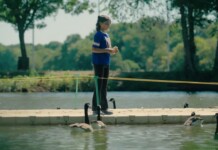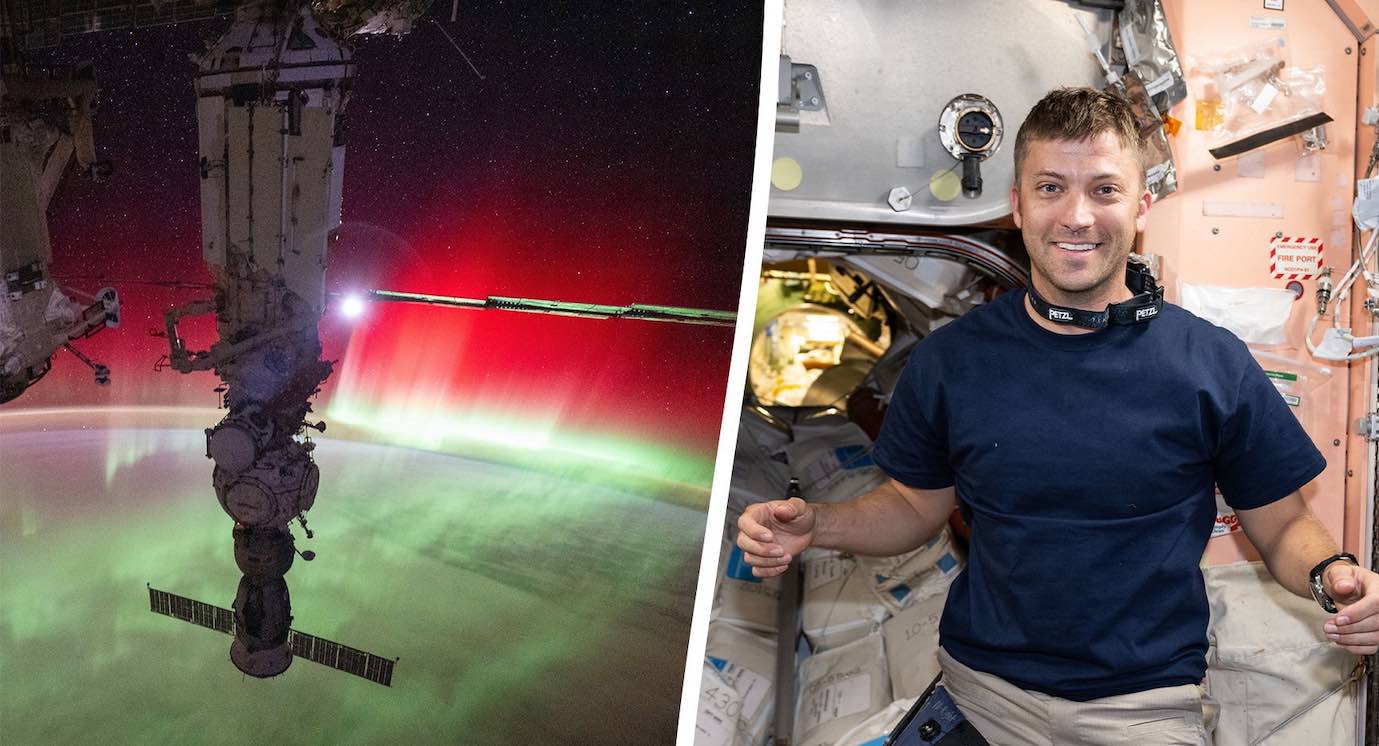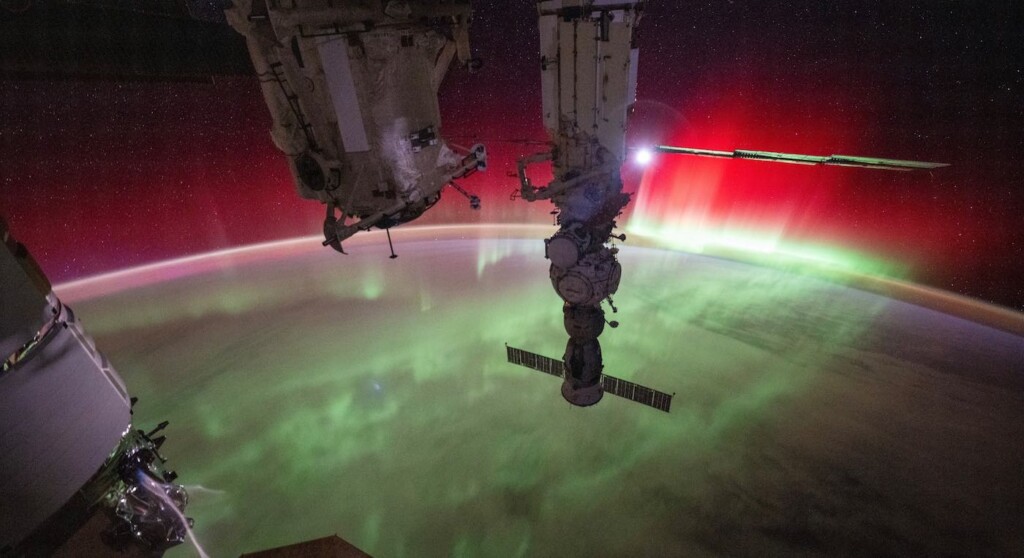
Two weeks ago, NOAA (the National Oceanic and Atmospheric Administration) alerted the media of a huge geomagnetic solar storm that had begun on August 11.
Within hours, a stunning aurora was created that was captured by two photographers—a pilot in a passenger plane, and an astronaut orbiting from above.
The series of coronal mass ejections (CMEs) that produced a jaw-dropping display for over 48 hours, which might have been seen over North America “as far south as Alabama and Northern California”.
NASA’s Matthew Dominick aboard the International Space Station has garnered thousands of fans online, thanks to his incredible shots of the Moon and Earth from orbit.
In the picture, the Colorado-native captured the vibrant light show with the moon behind the supply craft that was attached to the ISS.
Another snapshot depicts the Soyuz spacecraft set against the bright green aurora background.
Meanwhile, the pilot of a passenger jet had the best seat within our Earth’s atmosphere for the spectacle.
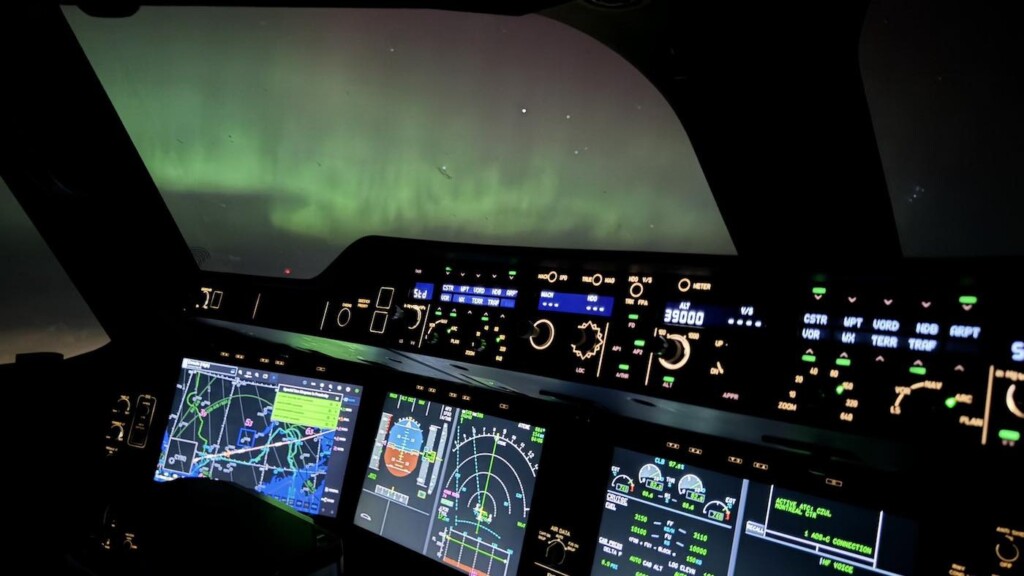
From the cockpit of an Airbus A350-1000, Scott Bateman captured the atmospheric display while flying a long-haul international route.
He described the stunning scenes as he flew across the world: “It was spectacular! It started as we passed Chicago at 39,000-feet and lasted until the dawn over Ireland, when it turned purple.
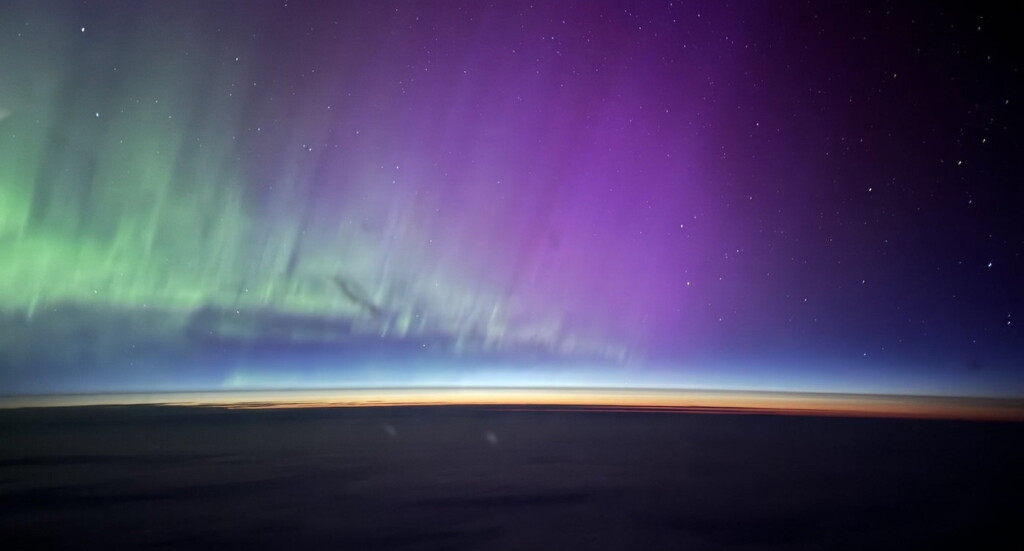
“I have never seen the aurora borealis so vivid with reds and purples.
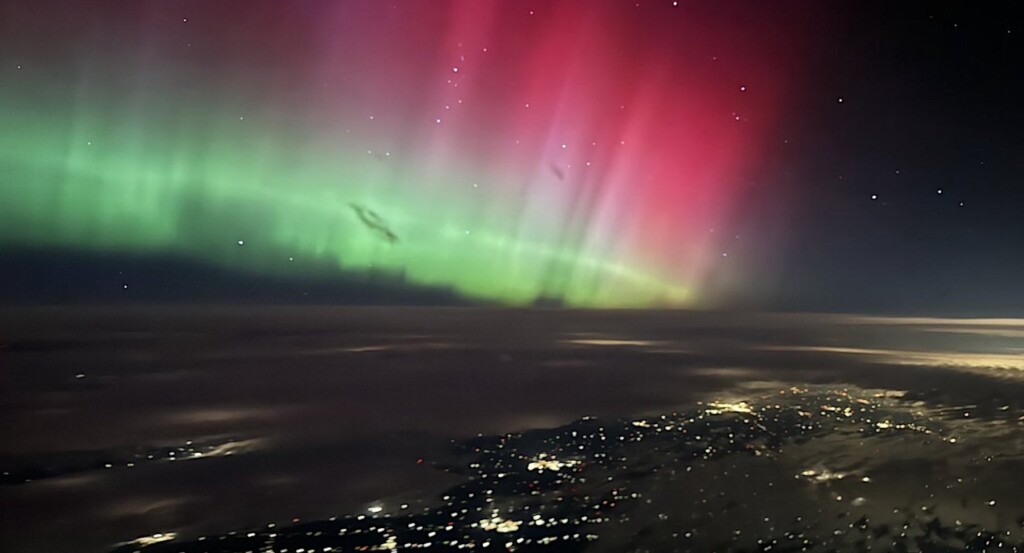
His pics were shot on his iPhone 15 with no editing or filters. “We had a front row seat in our Airbus.”
CHECK OUT: NASA Stunned by Discovery After Mars Rover Breaks Open a Rock
A result of disturbances in the magnetosphere caused by the solar flares and winds, auroras display dynamic patterns of brilliant lights that appear as curtains, rays, spirals, or dynamic flickers in the sky.
SHARE NATURE’S ARTWORK With Friends And NASA Fans On Social Media…




